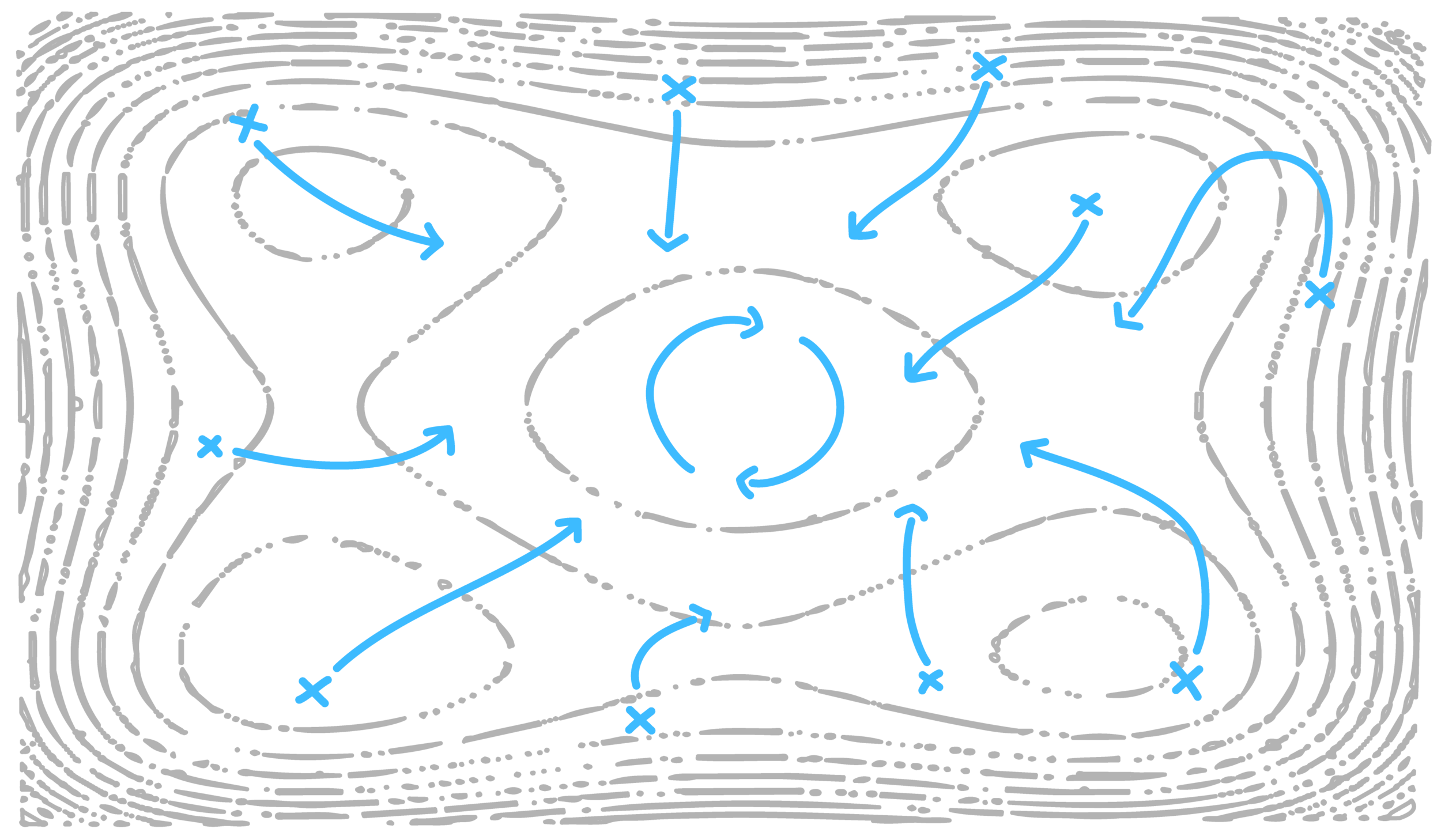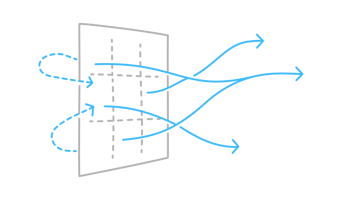The terms self-managed teams, self-directed teams, and self-organized teams are often used interchangeably. However, there are subtle differences that are important to understand as practitioners explore variations of decentralized organizational structures.
First, let’s try and define the terms self managed teams, self directed teams, and self organized (or self organizing) teams.
-
Self-managed teams are work teams that are not (fully) integrated into a top-down chain of command and that do not have a single team leader with complete authority over the team’s work. The term can capture varying degrees of decentralized authority and could thus encompass both radical and moderate approaches towards decentralized decision-making.
-
Self-organized teams can be defined as a kind of self-managed team in which decision-making authority does not lie completely with the team. For example, the team’s purpose and goals are dictated from the outside, e.g. from a boss role within the managerial hierarchy. But beyond those decisions that are made from “above”, the team can organize itself and could have decision-making authority about how to reach a given goal.
-
Self-directed teams can be defined as self-managed teams that have more decision-making power than “just” self organizing. The authority of self-directed teams would extend, for example, to strategic questions including the team’s purpose and goals. Such self-directed teams could also be called self-governing teams, as governance implies a wider scope than merely self organization.
In short, self-directed teams are autonomous, whereas self-organizing teams are autonomous only in how they do things (not in why they do things or in what they do).
Examples of self-managed and self-directed teams: some are self organizing, others are fully autonomous
Agile or scrum teams in this sense would be understood as self-organizing teams, with some features of the methodology that give them a reduced form of self-directedness. (See also Mary de Jonge’s discussion of the concepts with regard to scrum coming to this conclusion).
Teams (or circles) in Holacracy on the other hand, have more means to direct themselves, while being embedded in the overall organizational governance structure.
Famously, cabals, as project teams are called at the game development company Valve, are truly self-directed, as are employees when they choose to affiliate with a cabal.
These examples of self-directed work teams are embedded in a wider organizational system. Varying levels of team autonomy are a function not only of the chosen organization model but also of the particular context in which the self-managed organization operates.
Use the Management Functions Matrix to define the degree of self-directedness for self-managed work teams
If you consider granting teams in your organization higher degrees of autonomy, without committing to a radical organizational model in an “all in” fashion, we recommend working along general management functions to specify decision-making authority.
By doing this you can determine and codify what the team is free to do (and how it can do it) , which decisions it can make, e.g. regarding its purpose, its budget, or its membership, and how those decisions are aligned across the wider organization.
At Management Kits, the Management Functions Matrix is our research-based approach to enabling this analysis and design work. It is included in the Organize for Self Management Kit.
Boost organizational effectiveness
with Management Kits
Note: I am grateful for my conversation with Beat Fraefel, which inspired this discussion differentiating between self-organized and self-managed teams.



